The New (Counterfeit) Kids on the Block - Chinese Dud Coins

As someone that attends all of the major numismatic trade shows around the country; as a dealer that interacts with dozens of collectors of all stripes each day of the week; as an active eBay seller and is currently Secretary of the Australasian Numismatic Dealer's Association (ANDA), I get to see a reasonable range of coins and notes, and hear a range of views of what's going on in the market.
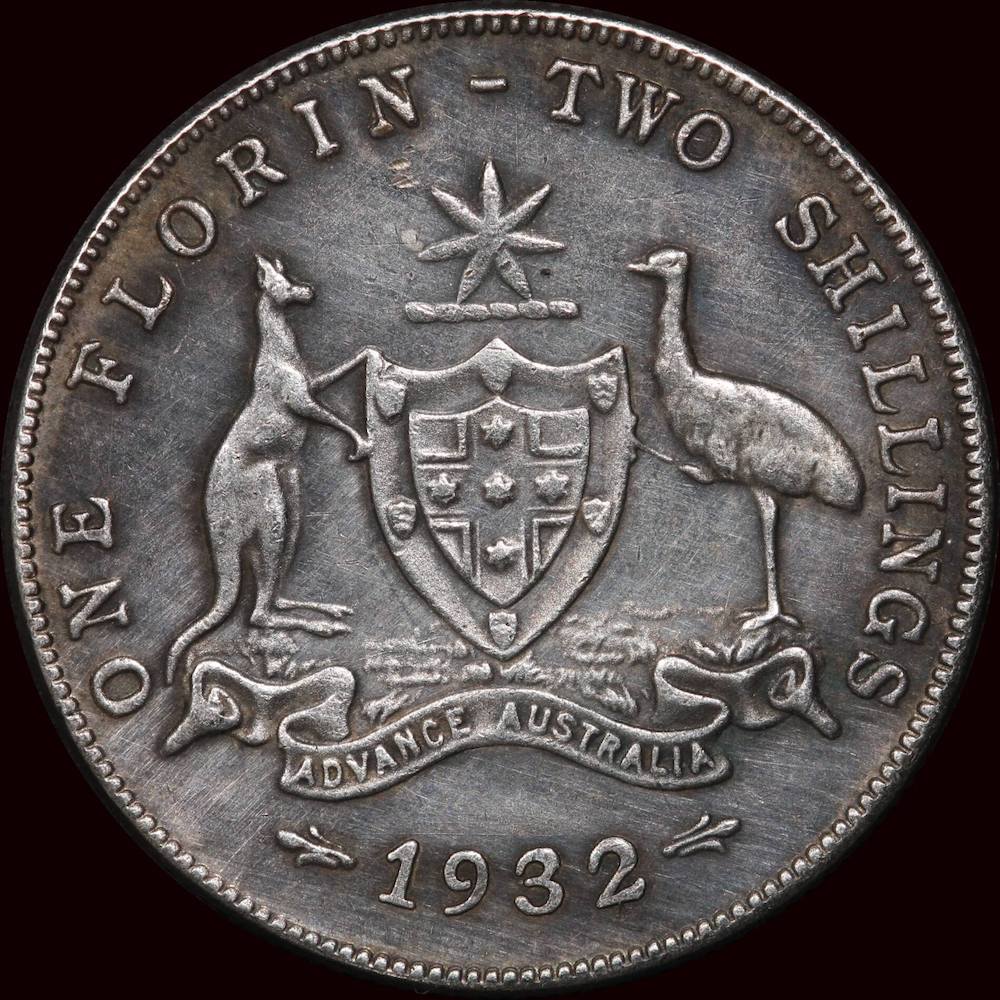
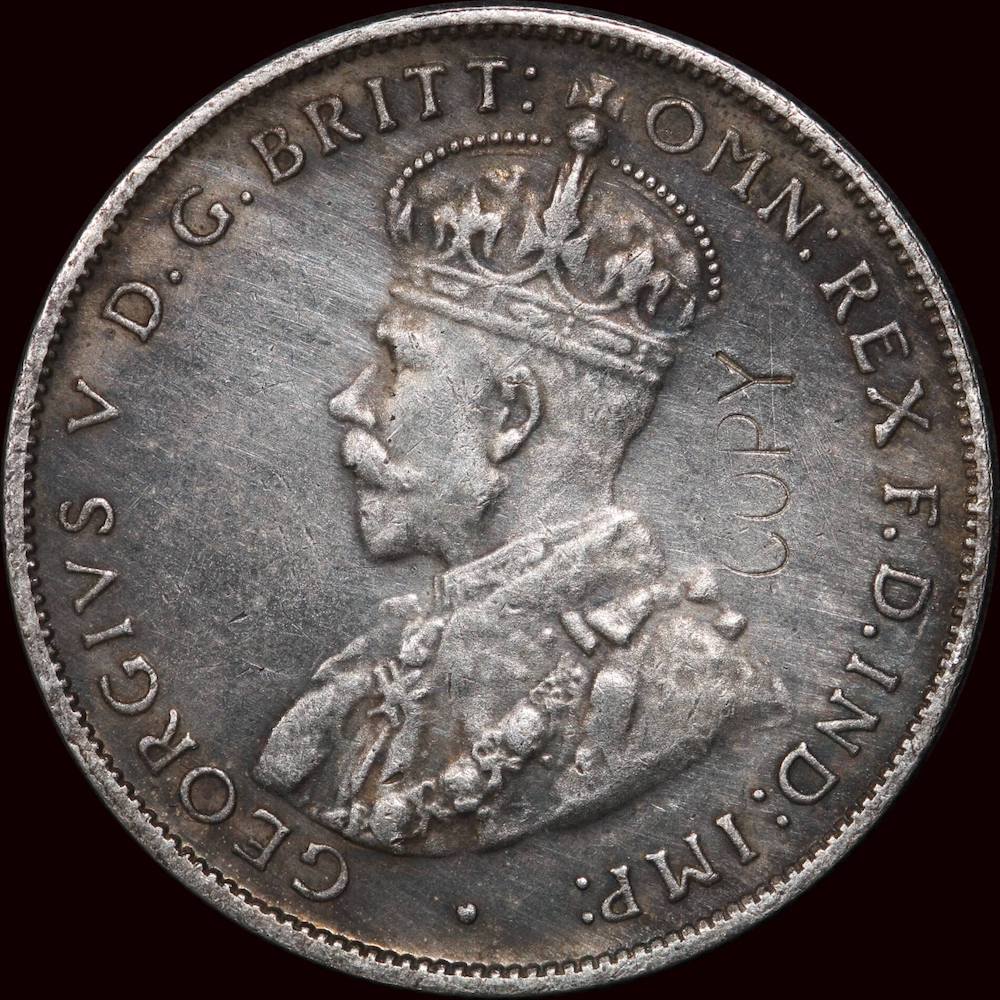
Without doubt, one of the prime concerns that has emerged in recent months is the rash of mass-produced counterfeit Australian coins coming out of China - click this link to see just some of the coins that are being sold on eBay at the moment to get an idea of the scope of what I'm talking about. When you look at that array of crap (pardon my French), please keep in mind that some of the craftier eBay sellers of that kind of dreck are not content to list it in the section of eBay set aside for "replica" coins, they list them among the genuine coins so they can attract more buyers. This means that the array and quantity of counterfeit coins on sale in Australia at the moment is far greater than what you see there.

Much of the pride in ownership that we collectors have comes from doing what needs to be done before we can own a truly rare and valuable numismatic item - learning how to determine authenticity; mastering the ability to accurately assess the grade of a potential acquisition and having enough spine to back their own judgement when it comes to the price that should be paid to secure it.
For mine, counterfeit coins fly against all of that self-reliance that we'd do well to celebrate, and should be pretty much wiped out completely.
As the past is a pretty good guide to the future, the eradication of counterfeit coins simply isn't going to happen any time soon. They apparently don't yet pose enough of a threat for the authorities to do anything about them, and there's enough money to be made out of flogging them to chumps that that there will always be someone prepared to make a fast buck out of them - counterfeit coins will be around for a long while yet.
So what are reasonable minded individuals to do?
Shaking our fists against the sun and decrying the rogues that peddle counterfeit coins feels good but doesn't achieve much, so I thought it'd be useful to examine the technical characteristics that these duds have, in order to get an idea of how they're produced, and then explain how they can be easily identified by those collectors that want to ensure they don't get unintentionally caught blowing hard earned money on a meagre disc of Chinese crapola.
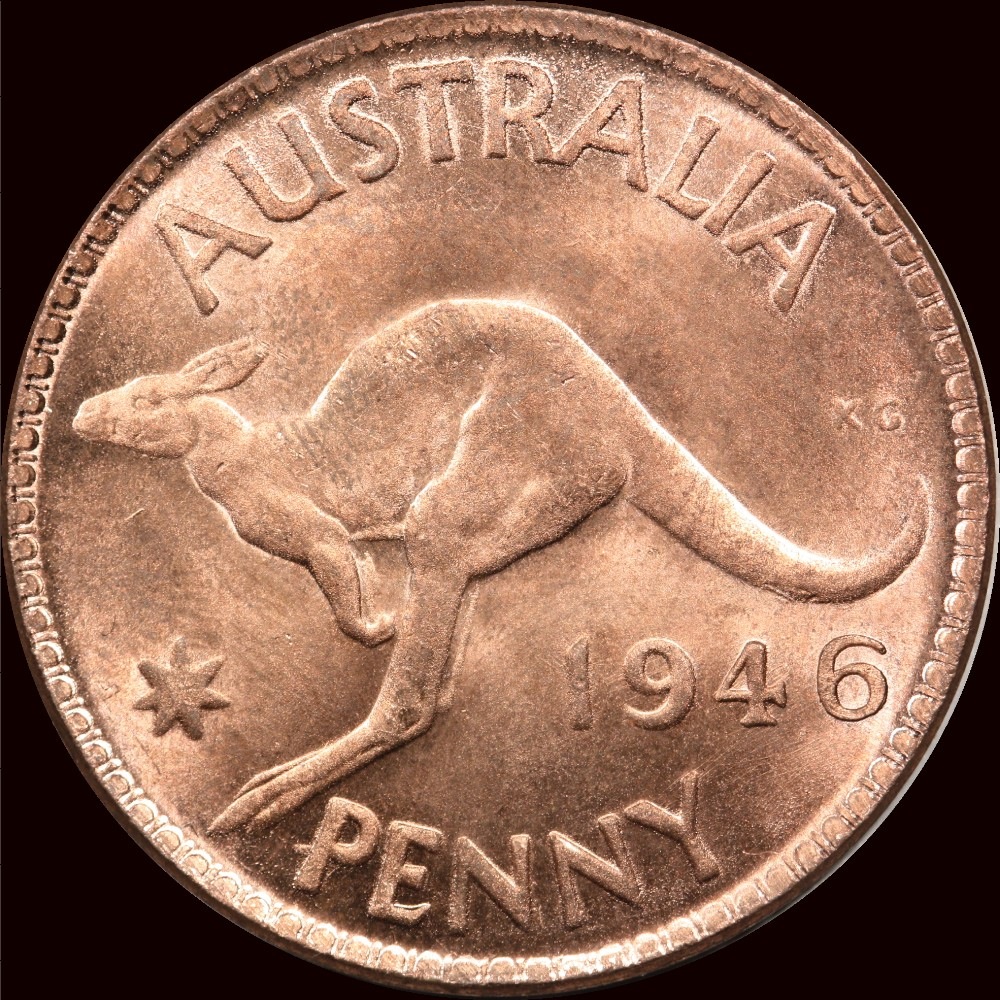
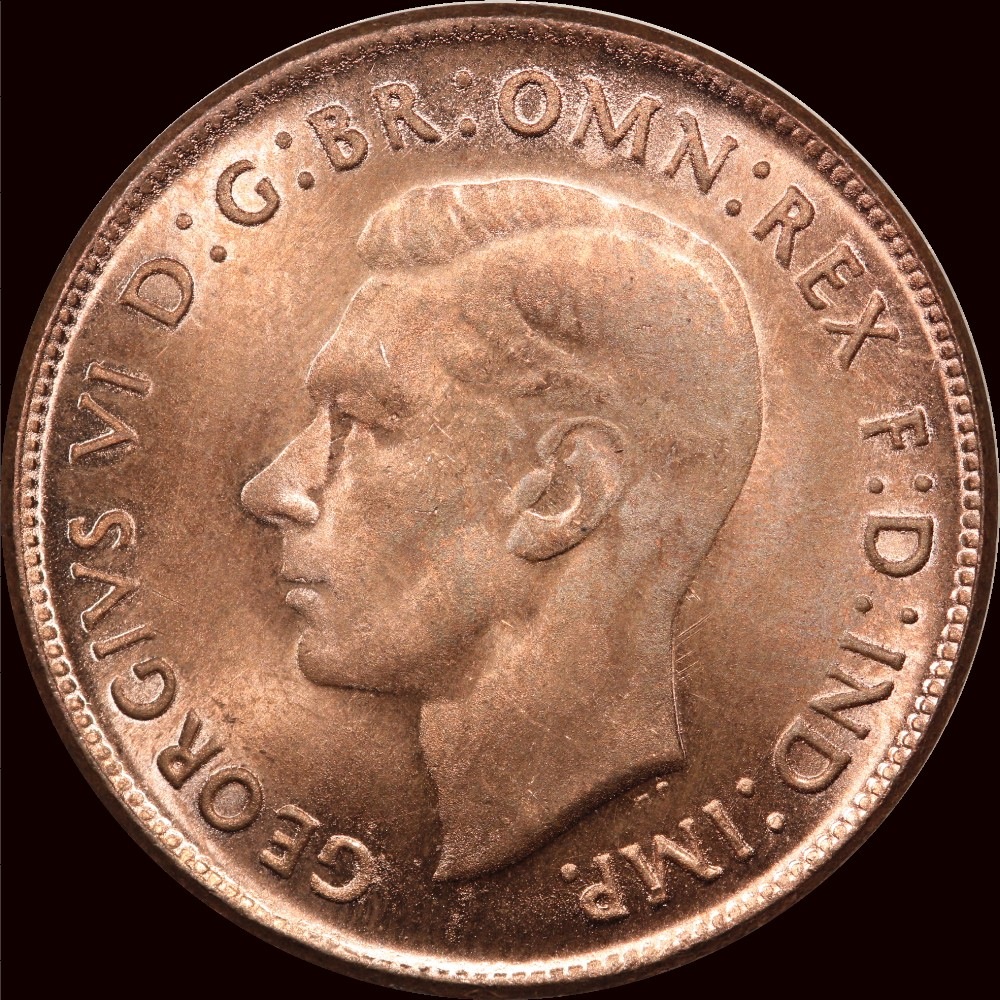
The Spark Erosion Manufacturing Process for Counterfeit Coins
Anyone with a reasonable degree of numismatic knowledge that takes a reasonable look at one of these mass-produced duds of Australian coins coming out of China these days will notice a few things straight away - the surfaces of the relief exhibit a rough texture, and are often weak when compared to genuine examples. This idiosyncrasy is characteristic of counterfeit coins produced by what is known as the "spark erosion" manufacturing process. In this process,
- The genuine coin that the counterfeiter wishes to copy, as well as a blank die are both placed into a dielectric bath (dielectric fluid doesn't conduct electricity);
- A high voltage is applied;
- Sparks literally begin to fly between the coin and the face of the die - the sparks travel the shortest distance between the coin and die, when the sparks from the coin hit the face of the die, they erode the die's surface, which is how the counterfeiters end up with a die capable of striking coins.
We only need to think of a bolt of lightning to remind ourselves that electricity doesn't move in a direct or linear path, it jumps around as the earthing point closest to the discharge point changes. This causes the design elements that are etched into the counterfeiter's die face to appear weaker than we'd expect on a genuine coin, causes the counterfeiter's die to impart a rough surface to the coins they strike.
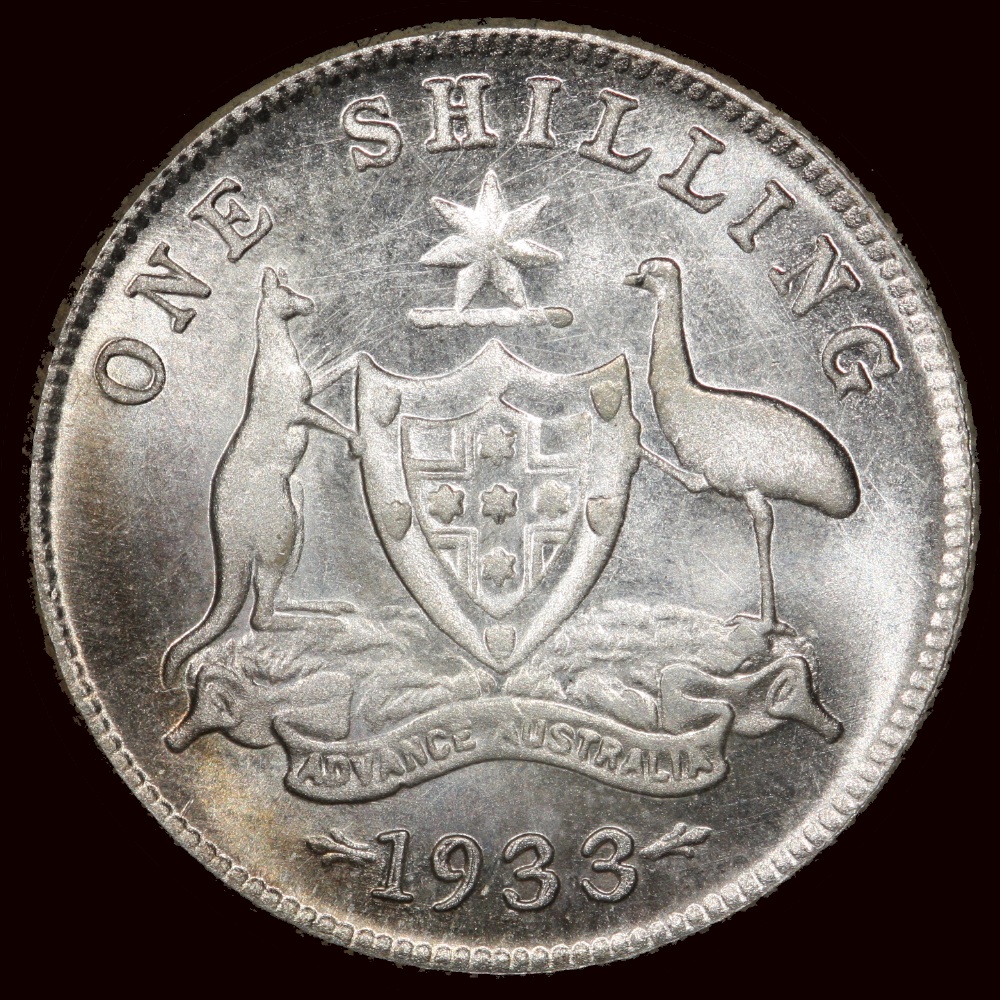
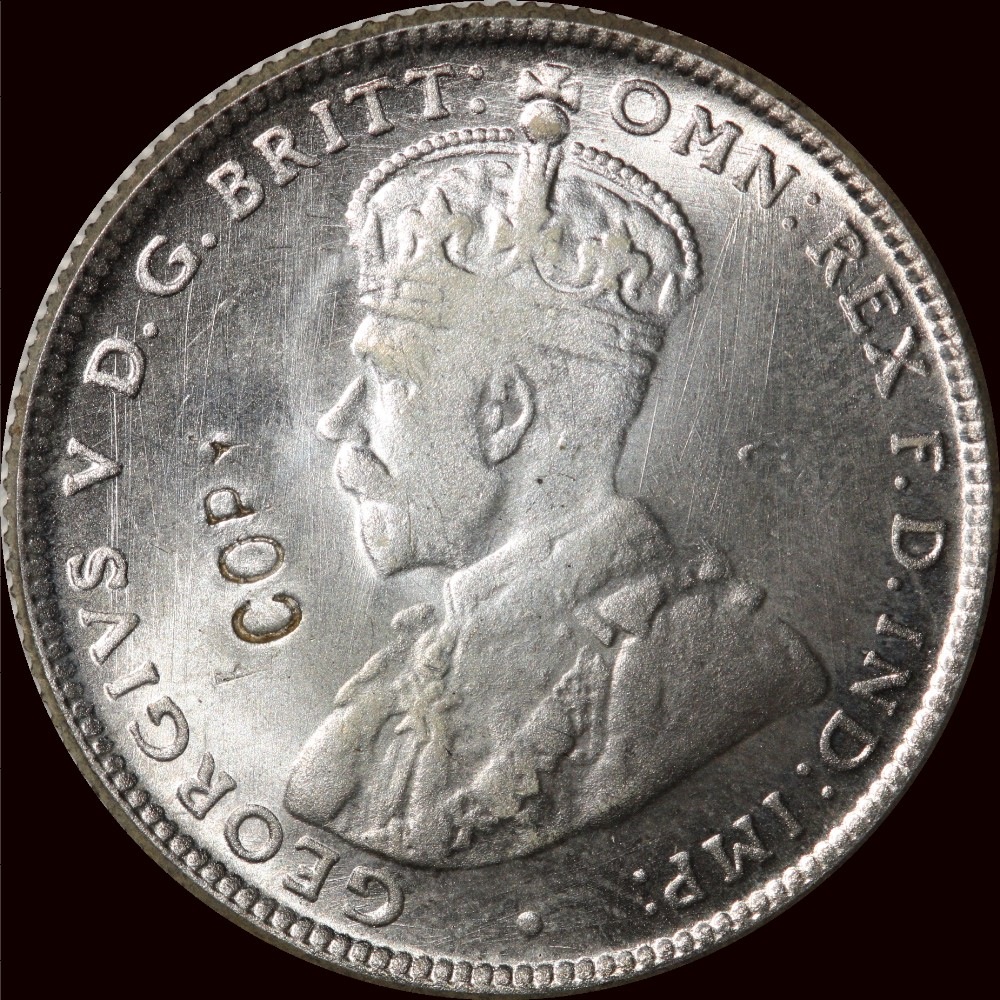
Striations, Odd-Looking Numbers and Lustre
The counterfeiters obviously know their dies create coins that look rough, so make something of an effort to polish the die's surfaces. This is why multi-directional striations can often be seen on these counterfeits - the counterfeiter presses too hard when polishing the die face, and tiny scratches are imparted. It is of course more difficult to polish the smaller parts of a coin's design (such as the letters in the legend) than the coin's open fields, which is letters, digits in the date and portraits are the only sections of a coin to appear rough.
Another consequence of the spark erosion process is that the original coin used to impart the design to the die is significantly damaged by the electrical current. Counterfeiters are quite keen on controlling their costs, and won't use a genuine coin to make a die from directly - they'll copy a genuine coin with a different date, then alter those dies by hand so the date matches the one that they're keen to manufacture.
The best example of this can be seen with the counterfeit 1923 halfpennies - the style of the "2" and the "3" in the date is quite clearly different to that seen on genuine coins.
Another interesting conclusion we can draw from the fact that the reliefs of these counterfeits are relatively low is that the counterfeiters are using commonly-available coins in circulated condition. Circulated coins do not show retain a lot of detail in the high points, so they're unable to be transferred to the counterfeit dies. These counterfeits often exhibit a degree of lustre that one would expect only to see on coins that have only circulated in a minor way, yet another incongruity that learned eyes are able to discern fairly quickly. As these counterfeits are handled, they do "tarnish" (or more accurately "develop a patina"), but in a rather different way to genuine coins in similar condition. They show patches of darkness in areas that don't correspond with normal wear patterns, which is another giveaway.
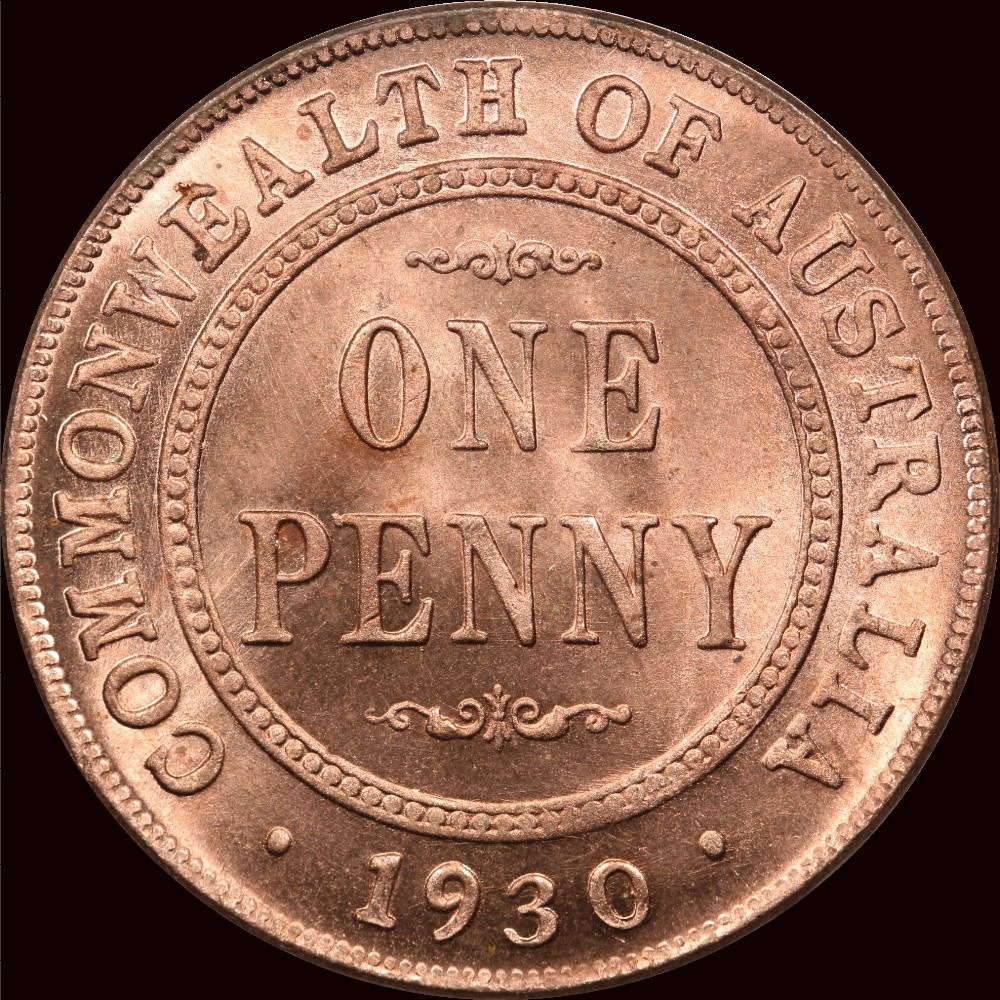
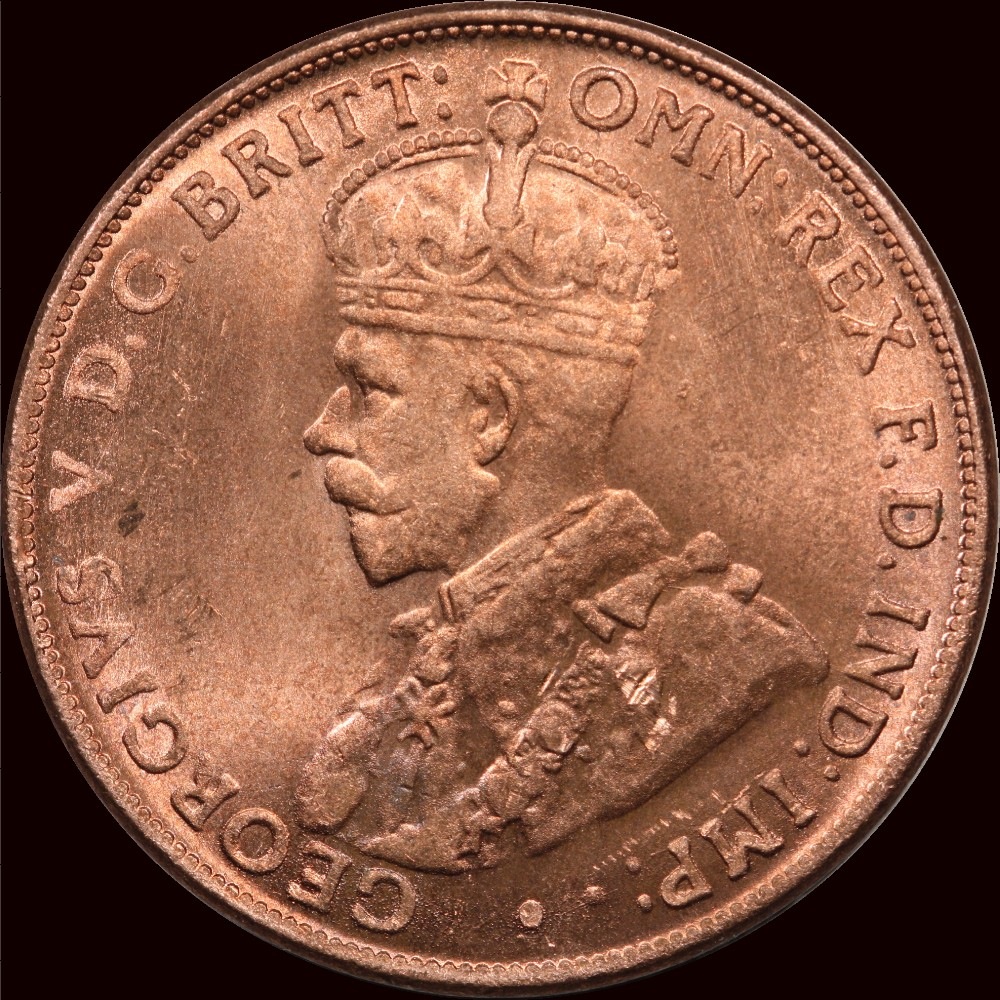
Under the Magnifying Glass
A closer examination of a spark-erosion counterfeit using a magnifying glass yields more information that tells us something of the production process. Some counterfeits have a bevelled edge (ie one that tapers down from the inside out) where it should be straight, while others have a bevelled edge far greater than that seen on a genuine coin. On those coins that should have a reeded edge, this is often applied in an uneven manner, resulting in sections of milling that are shallower than seen on genuine coins. Some of the sharp edges of the edge milling in fact is turned up over the bevelled edge, a characteristic not possible during the standard production process. The process that counterfeiters use to apply a reeded / milled edge to their coins is such that the height of the coin's edges is often uneven - certain sections can be significantly higher than others, this is another characteristic that is very seldom seen on genuine coins.
Out With the Scales and the Calipers
For the truly technical minded among us, a quick comparison of the technical characteristics of a counterfeit coin manufactured by the spark erosion process with those of a genuine coin yields some interesting conclusions. The following table compares the diameter, thickness and weight of the spark-erosion counterfeits that I've purchased, with those of genuine coins:
As we can see from the above data, although some of the aberrations are quite large, not all of the variations are particularly significant, more to the point most of the time they would not in and of themselves readily identify a coin as being a counterfeit. I put the recorded variations in thickness more down to my own use of callipers rather than consistent and significant variations. Confirmation of the standard thickness of a genuine coin, along with confirmed measurements to of these same counterfeits to two tenths of a millimetre would confirm or deny this assumption.

 After taking high-resolution images of the duds I bought off eBay (you can view these at the bottom of this page), I sat down and viewed each counterfeit under a magnifying glass. I checked the following criteria for diagnostics: relief; surfaces; style; rim beading / denticles; lustre and edge milling. I made the following observations:
After taking high-resolution images of the duds I bought off eBay (you can view these at the bottom of this page), I sat down and viewed each counterfeit under a magnifying glass. I checked the following criteria for diagnostics: relief; surfaces; style; rim beading / denticles; lustre and edge milling. I made the following observations:
| WEIGHT (G) | GENUINE | DUD | VARIANCE |
| 1923 HALFPENNY | 5.67 | 6.98 | 18.77% |
| 1930 PENNY | 9.45 | 9.44 | -0.11% |
| 1946 PENNY | 9.45 | 9.76 | 3.18% |
| 1933 SHILLING | 5.65 | 5.42 | -4.24% |
| 1934/5 FLORIN | 11.31 | 11.25 | -0.53% |
| 1932 FLORIN | 11.31 | 8.12 | -39.29% |
| 1938 CROWN | 28.27 | 26.8 | -5.49% |
| DIAMETER (mm) | GENUINE | DUD | VARIANCE |
| 1923 HALFPENNY | 25.50 | 26.00 | 1.92% |
| 1930 PENNY | 30.80 | 32.00 | 3.75% |
| 1946 PENNY | 30.80 | 31.00 | 0.65% |
| 1933 SHILLING | 23.50 | 23.00 | -2.17% |
| 1934/5 FLORIN | 28.50 | 28.10 | -1.42% |
| 1932 FLORIN | 28.50 | 28.10 | -1.42% |
| 1938 CROWN | 38.50 | 38.00 | -1.32% |
| THICKNESS (mm) | GENUINE | DUD | WEIGHT |
| 1923 HALFPENNY | 1.50 | 2.10 | 28.57% |
| 1930 PENNY | 1.80 | 2.00 | 10.00% |
| 1946 PENNY | 1.80 | 2.00 | 10.00% |
| 1933 SHILLING | 1.10 | 2.00 | 45.00% |
| 1934/5 FLORIN | 2.50 | 2.05 | -21.95% |
| 1932 FLORIN | 2.50 | 1.80 | -38.89% |
| 1938 CROWN | 2.90 | 4.00 |
27.50 |
| COIN | DIAGNOSTIC |
| 1923 HALFPENNY | Style of lettering in date different to genuine examples. Relief rough and flat. Lustre not commensurate with normal patination patterns. Planchet uneven in height. |
| 1930 PENNY | Relief rough and flat. Lustre not commensurate with normal patination patterns. Style of last two digits in date differ from genuine examples. Long horizontal lines evident on edge. |
| 1946 PENNY | Rough surfaces within devices (legend). Style of lettering (legend and date) different to genuine examples. Rim beading uneven and not fully separated. Relief rough and flat. Lustre not commensurate with normal patination patterns. Edge bevelled and not straight. |
| 1933 SHILLING | Relief is rough / porous. Striations in fields in numerous directions. Numerals in date crudely engraved. Obverse relief very flat. Edge denticles not evenly separated. Lustre not typical of a coin with such lack of detail. Lustre artificial in appearance. Planchet uneven in height. Edge milling uneven in height and sharpness. Edge milling appears to have been added post production. |
| 1932 FLORIN | Obverse edge significantly bevelled in sections. Style of digits in date differ from genuine examples. Several unusual striations in the fields. Devices rounded. High points of obverse unusually soft for grade. Height of edge uneven. Depth of reeded edge varies widely. |
| 1934/5 FLORIN | Unusual even dusty patina. Porosity quite evident across the high points. Bevelled edge is uneven in sections. Unusual weakness to high points of design either side. |
| 1938 CROWN | Relief rough and flat. Lustre not commensurate with normal patination patterns. Style of digits in date differ from genuine examples. Striations in fields in numerous directions. Bevels on edge much larger than on genuine examples. |
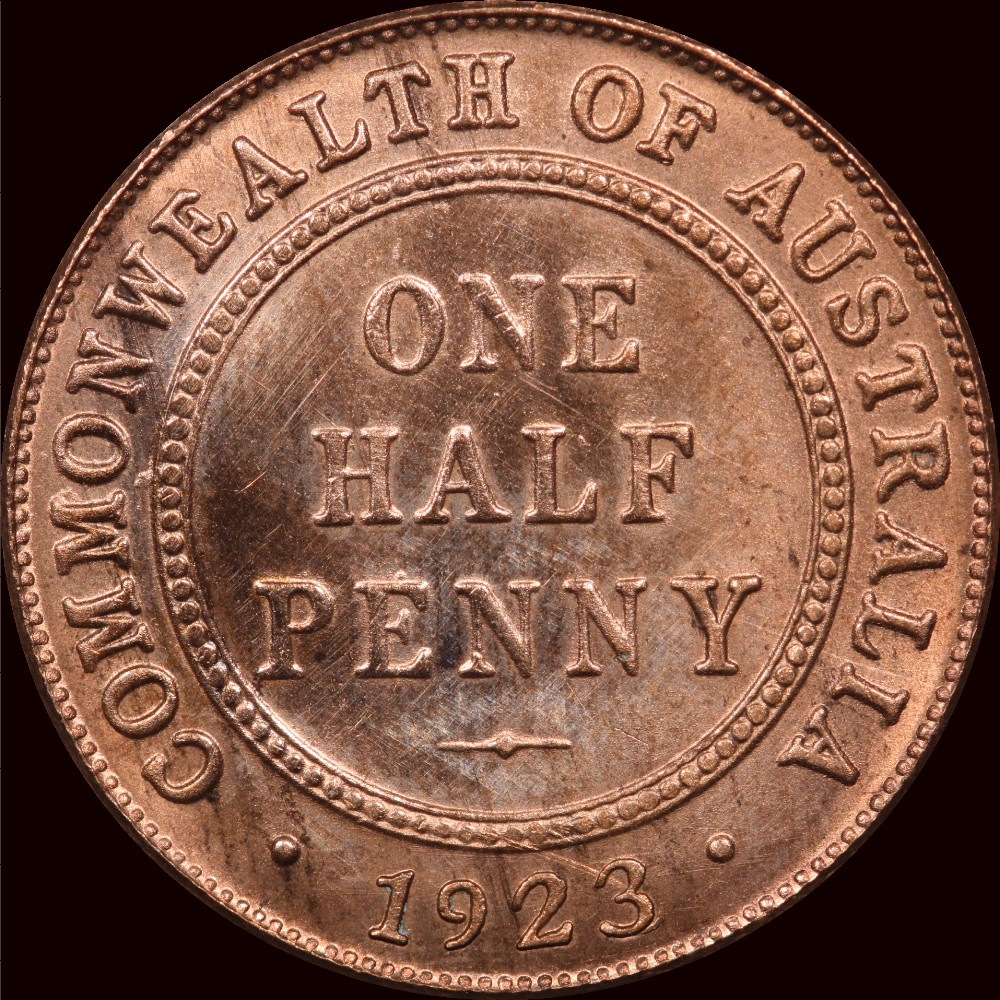
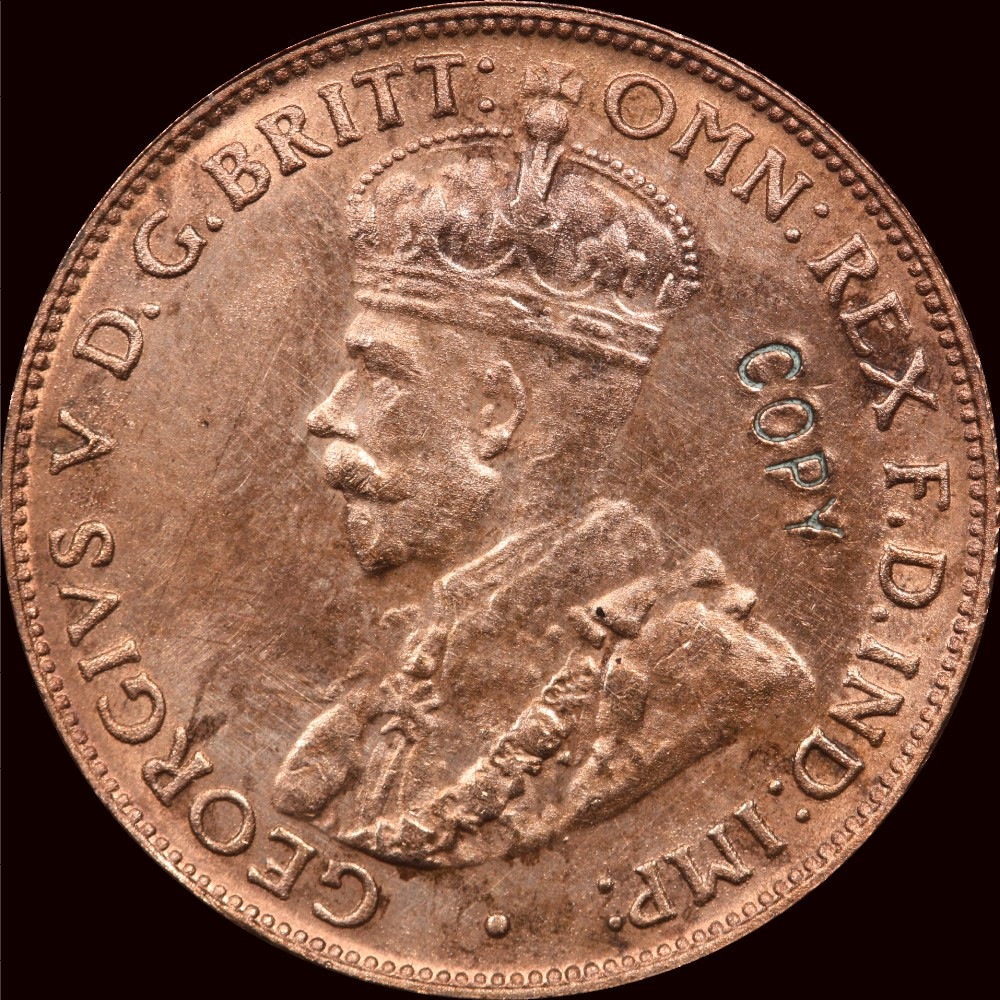
A Final Checklist
Once they've finished reading this rather interesting technical discussion, most collectors will simply want to know "What should I look for in future to ensure I don't get caught buying one of these rotten things?"
- Do the surfaces of the coin (particularly the relief) appear to be porous or rough?
- Does the level of lustre match what you'd expect to see from a coin with that level of surface detail?
- Are the digits in the date match the "style" seen on a genuine coin?
- Is the edge milling even in depth and spacing right around the coin?
- Does the planchet have an even thickness from one edge to the other?
As I talk to more and more people about these duds, I see that the first reaction we all have to news of their existence is shock, disbelief, and incredulity. A bit of study and education goes a long way to calming jangled nerves however, and I hope the above checklist gives collectors a good degree of confidence in their ability to avoid getting duped into buying a spark erosion counterfeit.
Counterfeits have long been a part of the Australian numismatic landscape, these spark erosion counterfeits are simply the latest wave to gain widespread attention.
Special Note - I'd appreciate any comments or feedback on this information, as I believe it can be added to quite significantly. I'm waiting on examples of the 1932 florin and the 1934/5 Melbourne Centenary Florin to arrive, and will add technical information & images of them once they do. The technical data on thicknesses I recorded myself using a pair of callipers, as I wasn't able to locate any published information. I'll also be happy to answer any questions about any of the information here.